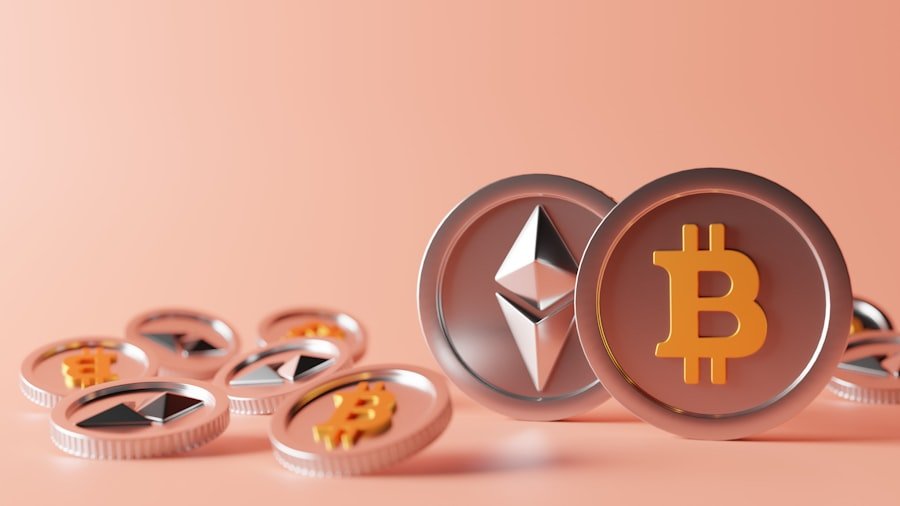Now Reading: The Evolution of Gaming Communities: LAN Parties to Discord
-
01
The Evolution of Gaming Communities: LAN Parties to Discord
The Evolution of Gaming Communities: LAN Parties to Discord

As I reflect on the evolution of gaming, I can’t help but reminisce about the exhilarating days of LAN (Local Area Network) parties. These gatherings were a cornerstone of gaming culture in the late 1990s and early 2000s, where friends would come together, armed with their PCs and consoles, to engage in epic battles across various multiplayer games. The excitement of setting up a network in someone’s basement or living room was palpable.
I remember the thrill of connecting our machines, the smell of pizza wafting through the air, and the sound of laughter and friendly banter as we dove into games like “Counter-Strike,” “Quake,” and “StarCraft.” It was a time when gaming was not just about competition; it was about camaraderie and shared experiences. The atmosphere at these LAN parties was electric. I can still picture the dimly lit rooms filled with the glow of monitors, the clatter of keyboards, and the occasional cheer or groan as someone scored a critical hit or met an untimely demise.
These events fostered a sense of community that was hard to replicate. We were not just players; we were part of a tribe, united by our love for gaming. The social aspect was as important as the games themselves.
We forged friendships that often extended beyond those nights, creating bonds that would last for years. However, as technology advanced and internet speeds improved, the allure of LAN parties began to wane, paving the way for a new era in gaming.
The Transition to Online Gaming Communities
Access to a World of Gaming Opportunities
This newfound accessibility opened up a vast landscape of gaming opportunities, allowing me to explore diverse genres and play with people I would have never encountered otherwise. However, this transition was not without its challenges. While online gaming offered convenience and a broader player base, it also introduced a level of anonymity that sometimes led to toxic behavior.
Navigating the Online Gaming Landscape
I found myself navigating through lobbies filled with both friendly faces and hostile interactions. The thrill of competition remained, but it was often accompanied by a sense of isolation that I hadn’t felt during those lively LAN parties. Despite these hurdles, I discovered that online gaming communities could be incredibly enriching.
Finding Community in the Digital Landscape
Forums, clans, and guilds emerged, providing spaces for players to connect, share strategies, and build lasting friendships. The digital landscape was evolving, and I was eager to embrace it.
The Role of Social Media in Gaming Communities

As I delved deeper into online gaming, I noticed that social media began to play an increasingly significant role in shaping gaming communities. Platforms like Facebook, Twitter, and Instagram became essential tools for gamers to connect beyond the confines of their favorite titles. I found myself following game developers, streamers, and fellow gamers, engaging in discussions about upcoming releases, sharing memes, and celebrating achievements.
Social media transformed how we communicated and interacted within the gaming sphere. Through these platforms, I discovered a wealth of information and resources that enriched my gaming experience. I could easily find tutorials, gameplay tips, and news about my favorite games at the click of a button.
Additionally, social media allowed me to participate in larger conversations about gaming culture and its impact on society. I began to see how gaming transcended mere entertainment; it became a medium for storytelling, creativity, and social commentary. The connections I forged through social media often spilled over into my gaming sessions, enhancing my interactions with others and fostering a sense of belonging within the broader gaming community.
The Emergence of Voice Chat Platforms
As my online gaming journey continued, I witnessed the emergence of voice chat platforms that revolutionized communication among players. Programs like TeamSpeak and Ventrilo became staples for gamers seeking real-time interaction during matches. I vividly remember the first time I joined a voice chat while playing “World of Warcraft.” The ability to strategize with my team in real-time added a new layer of depth to our gameplay experience.
No longer were we limited to text-based communication; we could now coordinate our actions seamlessly. Voice chat platforms not only enhanced gameplay but also fostered deeper connections among players. I found that hearing someone’s voice added a personal touch that text alone could not convey.
It transformed strangers into friends as we shared stories, jokes, and even frustrations during intense gaming sessions. However, this new form of communication also came with its own set of challenges. Issues like poor connection quality or disruptive players could detract from the experience.
Nevertheless, the benefits far outweighed the drawbacks, as voice chat became an integral part of how I engaged with my fellow gamers.
The Impact of Discord on Gaming Communities
In recent years, Discord has emerged as a game-changer for gaming communities. This platform has redefined how we communicate and collaborate while playing games. When I first joined Discord, I was struck by its user-friendly interface and robust features tailored specifically for gamers.
It allowed me to create or join servers dedicated to specific games or interests, fostering a sense of belonging within niche communities. The ability to chat via text or voice while playing made it easier than ever to coordinate strategies and share experiences. Discord’s impact on gaming communities extends beyond mere communication; it has become a hub for collaboration and creativity.
I found myself participating in events like game nights, tournaments, and even charity streams organized by fellow community members. The platform’s integration with various games allowed me to connect with others seamlessly while enhancing our overall experience. Moreover, Discord has become a space for discussions about game development, industry news, and even mental health within the gaming community.
It has transformed how we interact with one another and has played a crucial role in fostering inclusivity and support among gamers.
The Future of Gaming Communities: Virtual Reality and Beyond

Immersive Experiences with Virtual Reality
Imagine stepping into a virtual world where I can interact with friends as if we were physically together, sharing experiences in real-time while exploring fantastical landscapes or battling fierce foes. This level of immersion has the potential to bring gamers closer together, creating a sense of community and connection that is unparalleled in traditional gaming environments.
Innovative Technologies Shaping the Future
Beyond VR, I see potential for even more innovative technologies to shape gaming communities in ways we can’t yet fully comprehend. Augmented reality (AR) could blend our physical world with digital elements, creating unique social experiences that bridge the gap between reality and virtuality. As these technologies continue to evolve, I believe they will foster deeper connections among gamers while also attracting new audiences who may have previously felt excluded from traditional gaming spaces.
A Bright Future for Gaming Communities
In conclusion, my journey through the evolution of gaming communities has been nothing short of remarkable. From the exhilarating days of LAN parties to the rise of online platforms like Discord, each phase has contributed to shaping my experiences as a gamer. As technology continues to advance, I’m eager to see how these changes will further enhance our connections within the gaming world, creating vibrant communities that celebrate our shared passion for play while embracing diversity and inclusivity in ways we can only begin to imagine.
In a recent article on Gamers.co, the discussion of how Cyberpunk 2077 recovered with post-launch updates and DLCs is particularly relevant to the evolution of gaming communities. The article highlights the importance of ongoing support and communication with players in order to maintain a strong and engaged community. To read more about this topic, check out the article here.



























